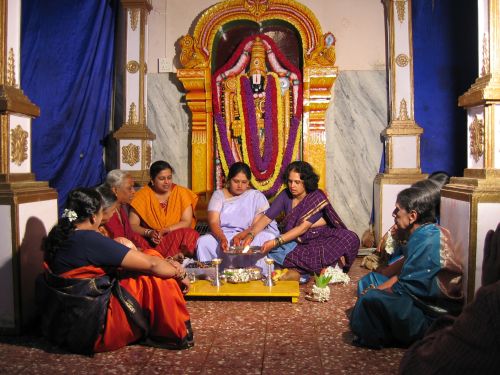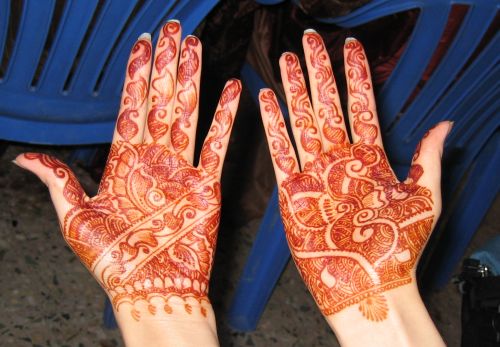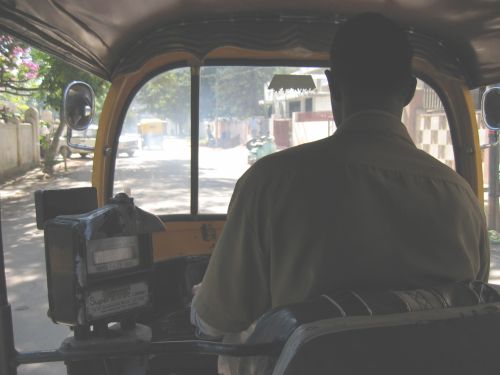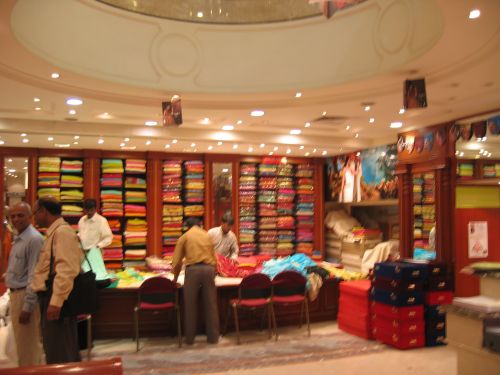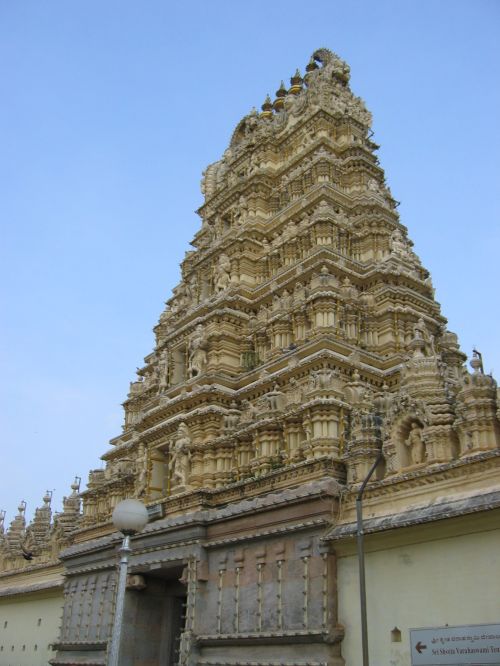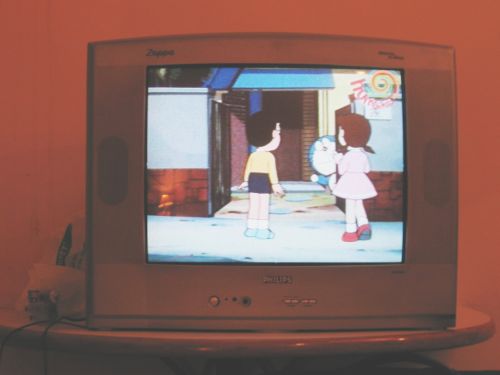Update: I believe Kinokuniya’s have restocked “The Dreaming”! 😀
The Dreaming: Sold out at Kino’s and King’s in the middle of December, and for those who don’t want to go to Chatswood or Parramatta, Phantom Zone has courier!! Apparently more stock is coming in either January or end of January for alot of places, Borders included. And ofcourse, the book is still for sale online. I’ve still got my list of Australian bookstores up, and the latest preview chapter for the book is still up on the TOKYOPOP site.
I’m currently working on book 2, and I hope to draw as fast as I can. Not least because it’s not nice to make people wait for a whole year with a cliffhanger ending. There’s been a change in the working procedures though – book 1 was written without any scripts, only chapter summaries, but the process-cycle from TOKYOPOP has officially changed for book 2. Now, for all books, a full script and thumbnails for the book is required before anything is started. Which is fair enough, though I find it difficult because up until now, I’ve never written a script in my life. It’s hard to have to change the way I work, and it feels like an extra step, but then it’s necessary. And while I initially found it difficult to get used to, it’s not as bad as I thought it would be.
Writing a script has shown me something interesting. Looking at the completed script, I find that the information contained in the dialogue and written descriptions are less than 50% of what the final product will be. Then does that mean that the pictures are over 50% of the final product? Not so. There are manga out there with no words, but we’re not talking about something with no words – this is a series of pictures that is MEANT to be embellished by words, and something like that WITHOUT words makes up less than 50% of the final product as well. So, that leads to an interesting and tongue-twisting conclusion: that the entirety of a manga contains more than the sum of its parts.
Words + Pictures + Something Mystical = Completed Manga
Aussies read this!: Exciting news from my editor Carol and from Avi Bernshaw, the editor of “Otazku” magazine based in Melbourne. TOKYOPOP has signed a distribution partnership with Funtastic Ltd in Australia! I’m not quite sure what it involves, but it’s bound to be a good thing.
Manga Bandwagon: The Park and Barb Show over at Silver Bullet Comics has listed out a bunch of manga titles that are recommended reading. Amongst them are old favourites, and “The Dreaming” also gets a mention!
Video Gaming News: The game Chaos Code is still scheduled for around March for completion, and I must say we’re getting there. At FKDigital, we’re now officially doing some backgrounds, and I swear to god, there are some FANTASTIC background artists from that company. Namely the guys doing the character animations, and even the programmer can animate a squirrel really well. I started doing a background too, a high-tech gameshow background for a cyborg character, and while I started off sucking, but seems to be improving. It’s taken me 5 working days to get to 2/3 of completion, and while it was an ego-deflating experience, I’m beginning to find that I can use Photoshop to paint now. And the picture’s starting to look pretty good. Up until now, I’ve had ZERO idea on how to use Photoshop, and while it’s been a steep learning curve, I’m so glad I can at least do SOMETHING in Photoshop now without feeling like a complete outsider. Golden Rule: If all else fails, use the dodge tool.
Something that Defies Economic Rationality: I like to study economics (oh how boring she is!), and something from an old Publisher’s Weekly article struck me as a fascinating example of weird human behaviour. The article is actually about Powell’s books, a good company I occasionally order from, and how they deal with their growth in manga. The paragraph that struck me the most was this:
But Powell’s has had to rethink other assumptions as well. Manga are typically fast, disposable reads, and there’s little to prevent customers from reading a series right through at the store. To discourage this, Powell’s used to shrink-wrap each volume. “We would polybag everything,” Donaghy says. This helped to prevent damaged books, but it also prevented potential buyers from getting a feel for what those titles were like. A few years ago, a sales rep at Viz promised to replace any Viz title ruined by an overzealous browser if Powell’s would agree to stop the shrinkwrapping. Surprisingly, sales increased dramatically.
So, part of the reason why manga is selling so well is because none of it’s shrink-wrapped, and anyone can sit there and read to their heart’s content? Strange, but true. Actually, my theory was whether manga story-telling is easier to get into than Westen comics story-telling, thus prompting more people to browse and freeload manga at stores than Western comics (NOT in any way saying that one form is better than the other). Normally, you’ll think that manga sales will suffer because people read them standing there and don’t buy it, but oddly enough, this paragraph proves being able to read everything beforehand has ZERO effects on sales.
Anyway, I started asking this question because I get emails from teenagers (median age: 15) saying they got into manga/anime because some of their friends were into it, but they were unconvinced. Out of curiosity, they eventually sneaked into the manga section and started reading, and because they could do it for free, they in the end finding something they liked enough to convince them to start like manga as a whole. I say to these teenagers – HURRAY!! Good on your for having an open mind and a willingness to experiment.




